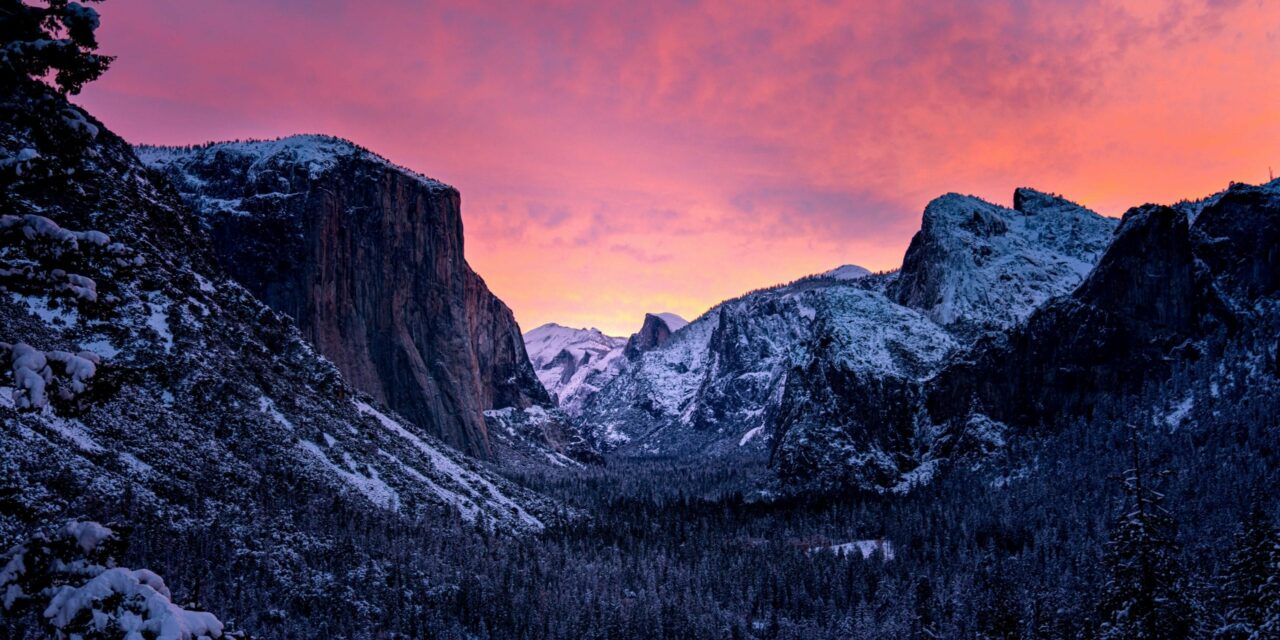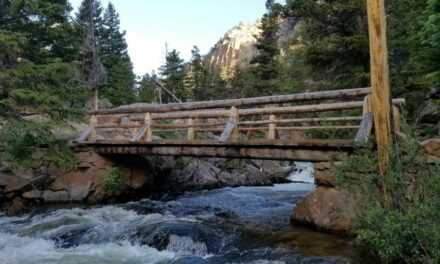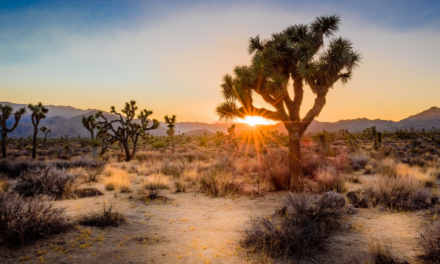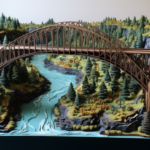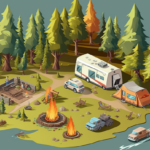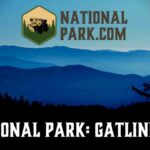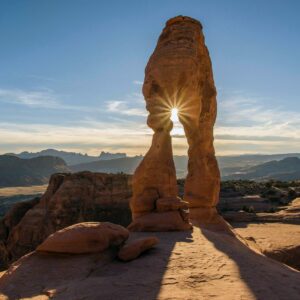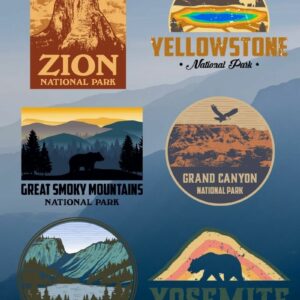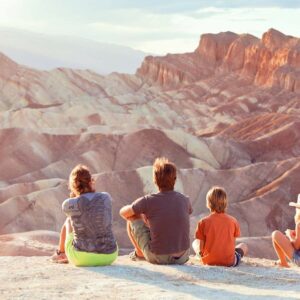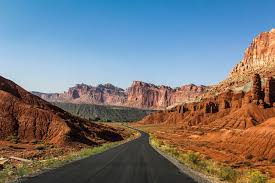Two of the main draws of Yosemite National Park are its beautiful waterfalls and the incredible granite cliffs, that draws visitors from around the world every year. Rock climbing is a very popular activity in the park, especially for all of the adrenaline junkies out there. The park is over 200,000 acres, so if you can name it, you can almost certainly do it in this park, though there is so much to do and see that you certainly won’t have time to do it all.
The cliffs and waterfalls were created by a glacier that made its way through the park millions of years ago, carving the cliffs that you see in the park today. The melted snow on the mountains results in the incredible waterfalls that so many people come to the park to see. The best time to see these waterfalls is in the early winter, as the waterfalls are often bare during the summer and early falls because of the lack of snowfall during these seasons. The most stunning of these waterfalls is, of course, Yosemite Falls. There are even glaciers still located in the park (though of course much smaller than million years ago!), so you can see a piece of the park’s history.
You can take a day trip up into the Sierra Mountains, to see the mountain meadows, and to take some of the most beautiful hikes in the park. You can get around the park by hiking, biking, skiing, and even horseback! There are guided horseback tours offered that take you into the mountains, for a less strenuous and more interactive experience in the mountains.
As you can imagine, with so much to do in the parks, you definitely want to be as close to all of these activities as you can! The best way to do this is to camp in the park overnight, so you can wake up and get an early start on all of the amazing opportunities that Yosemite offers.
It is $20 per car to enter the park, with a smaller fee for people on horseback or on bikes. If you want to camp in the park, make sure to plan for this in advance- campgrounds in the park fill up very quickly, so you definitely want to book as early as you can. All of the campgrounds in the park have flush toilets, dumps stations, showers, and laundry facilities. Remember to bring proper food storage with you- in other words, bear-proof canisters or lockers. This is required when camping in the park, as there is a black bear population. They can and will try to get to exposed food, so food storage keeps you and the bears safe during your visit.
One thing to keep in mind when planning your camping trip in Yosemite is that half of their campsites were lost during a flood in 1997. There is a plan for replacement campsites sometime in the future, but there is not a specific timeline for these replacements. Since there are fewer campsites, they fill up very quickly. Reservations open up on the 15th of each month, and can be made up to 5 months in advance.
We’ve compiled a list of some of the most popular and most beautiful campgrounds in the park, to help you make your decision on what campground is best for you and your family.
- Bridalveil Creek Campground is located at Glacier Point, situated along Bridalveil Creek, which flows to Bridalveil Falls. Bridalveil Falls is especially beautiful in the winter and springs. This campground is a beautiful spot to spend a few nights enjoying the natural splendor of Yosemite. The area is far enough away to avoid heavy crowds, but close enough to the rest of the valley that it only takes a short drive to get to where you want to go. The campground features flush toilets and can accommodate some pack animals. To get to the campground, take CA 41 to Glacier Point Road, and you will find it about eight miles from that point.
- North Pines Campground is a gorgeous location to unwind after a day at this national park. It is located beneath a beautiful grove of pine trees, giving you a lot of shade and some privacy. It is near the river, about a mile from Mirror Lake. Reservations are absolutely essential for this campground.
- Tamarack Flat Campground is a more secluded campground, perfect for visitors seeking a bit of privacy. It is located directly between Yosemite Valley and Tuolumne Meadows, and offers a quiet, peaceful location to rest your head. It features pit toilets, and is not suitable for pets or large RVS. Take Tioga Road east from Big Oak Flat Road about 3 miles and turn right onto the access road. The campground is another 3 miles down the road.
- White Wolf Campground is a very accessible campground, close to many hiking trails and lakes. Many of the hiking trails in the area lead to lakes, including Grant Lake and Lukens Lake. The ease of access to both hiking and water means that many visitors love this campground, and tend to spend several days there. Unfortunately, there are a lot of mosquitos, so be sure to bring a supply of bug spray! The campground also features flush toilets. From Big Oak Flat Road, turn east onto Tioga Road, drive 15 miles to White Wolf Road, and turn left. The road dead-ends at the campground.
- Wawona Campground is located in a beautiful location beneath large trees, providing a lot of shade for hot days. Wawona requires reservations in May through September, and is open year round. The location is near the Mariposa Grove, with is home to giant sequoias, and fishing opportunities are available nearby in the Merced River. The campground is located 1 mile north of Wawona, has flush toilets, and can accommodate pack animals.
No matter how you like to camp, you can find a way to spend the night in beautiful Yosemite National Park.


